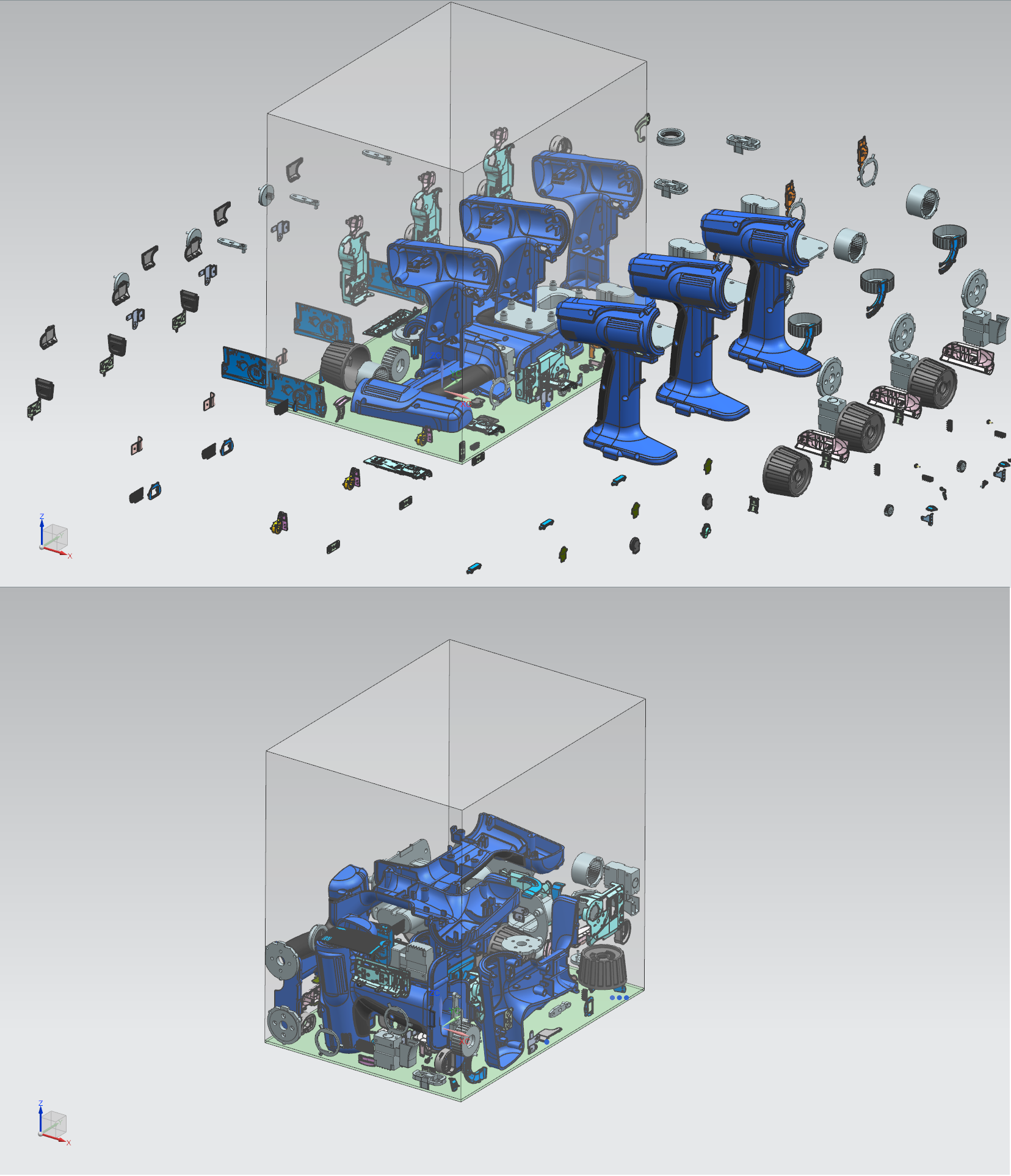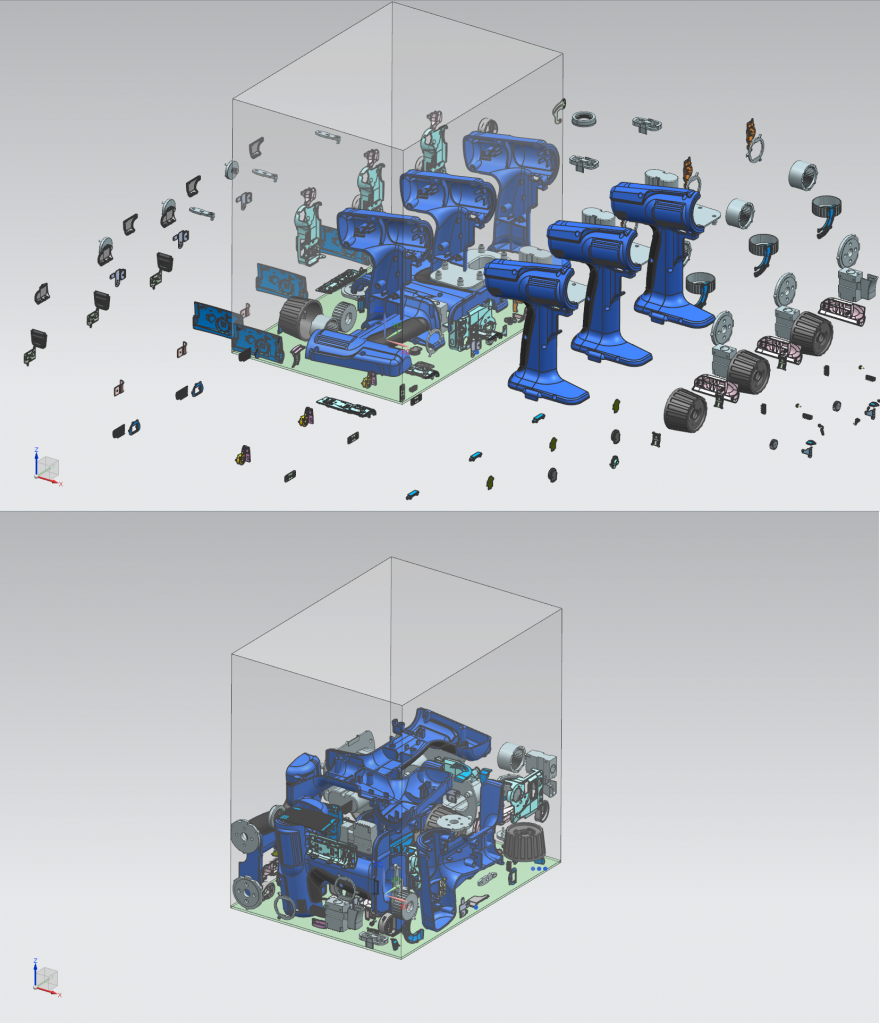Siemens, HP Partner to Enhance 3D Printing Capabilities

3D nesting in Siemens NX allows users to maximize the number of prints that can be executed within the build volume of the HP Multi Jet Fusion printer.Image courtesy of Siemens PLM Software.
Latest News
September 6, 2017
Building on a longstanding partnership, HP and Siemens PLM Software are aiming to accelerate 3D printing for industrial production via creation of a new HP-certified additive manufacturing (AM) software module from Siemens. The new software module, Siemens NX AM for HP Multi Jet Fusion, is now available from Siemens PLM Software as an extension to Siemens’ design-to-production offering for additive manufacturing.
 3D nesting in Siemens NX allows users to maximize the number of prints that can be executed within the build volume of the HP Multi Jet Fusion printer.Image courtesy of Siemens PLM Software.
3D nesting in Siemens NX allows users to maximize the number of prints that can be executed within the build volume of the HP Multi Jet Fusion printer.Image courtesy of Siemens PLM Software.The NX software module is designed to enable development and management of parts in a single software environment for HP 3D printing projects. Siemens and HP are also aligning future technology roadmaps to enable designers and engineers to completely reimagine products to take advantage of HP’s 3D printing capabilities, the companies report.
Siemens’ new software module will enable NX customers to combine design, optimization, simulation, preparation of print jobs and inspection processes for HP Multi Jet Fusion 3D printed parts in a managed environment. Users can now load multiple 3D part models into NX, and auto nest and submit them to an HP 3D printer, all in a single environment and with a minimum of steps, the companies note. The NX and Multi Jet Fusion integration also eliminates the need for data conversion between software applications or process steps and, in the future, is intended to allow control, including material characteristics, down to the individual voxel-level. This will result in the ability to print parts with variable textures, density, strength and friction, as well as thermal, electrical and conductivity characteristics.
For more info, visit Siemens PLM Software and HP.
Sources: Press materials received from the company.
Subscribe to our FREE magazine, FREE email newsletters or both!
Latest News






